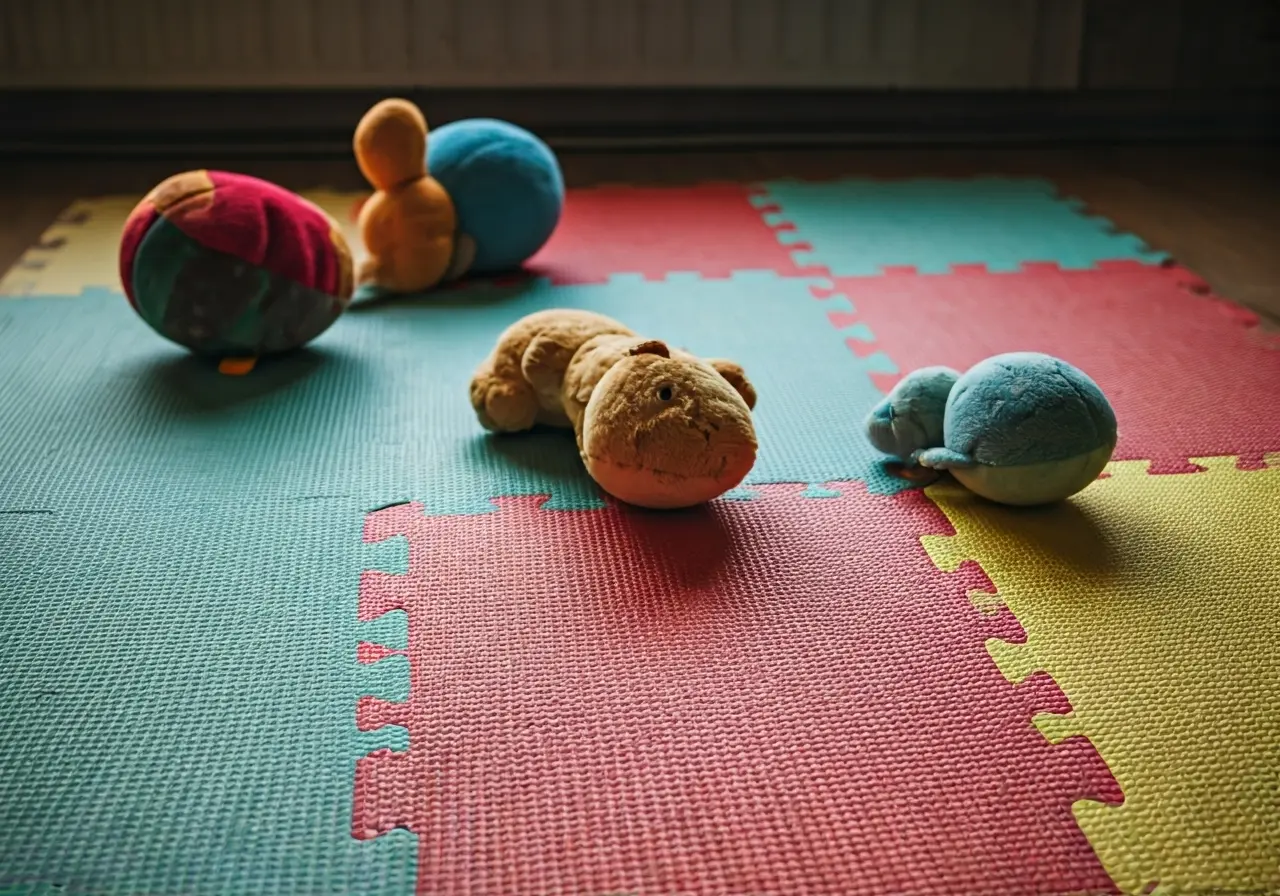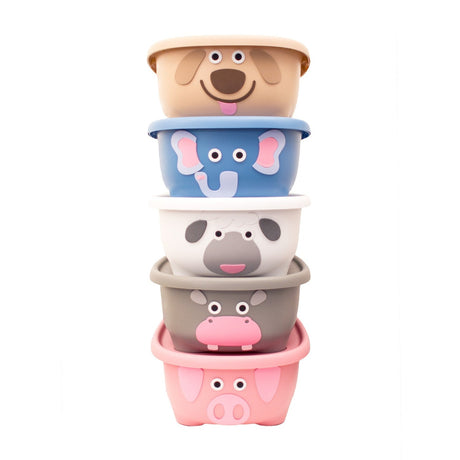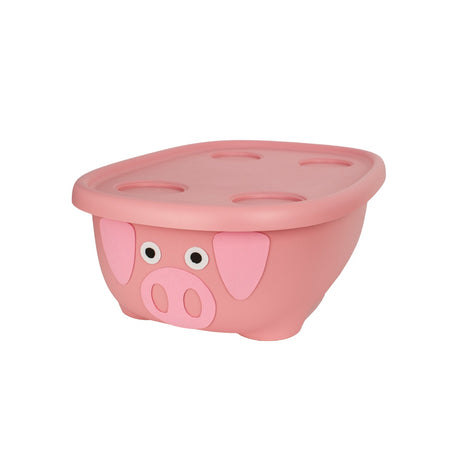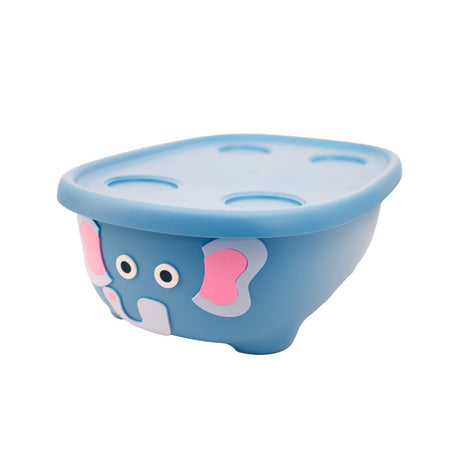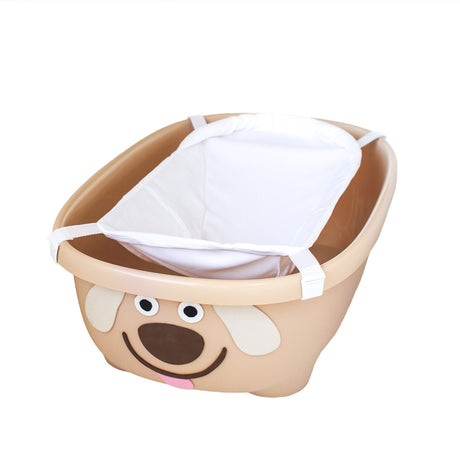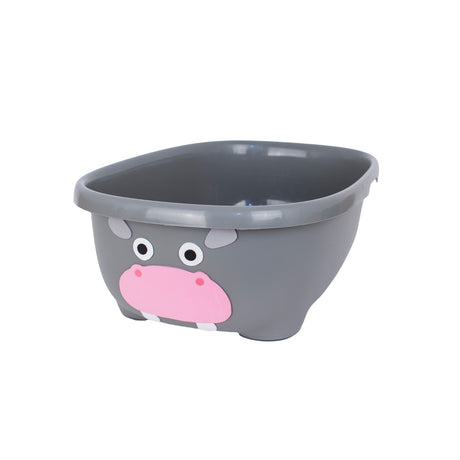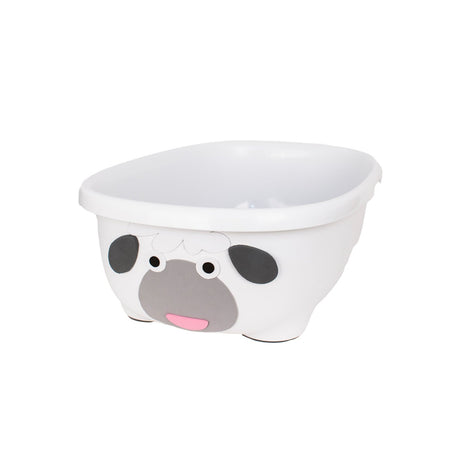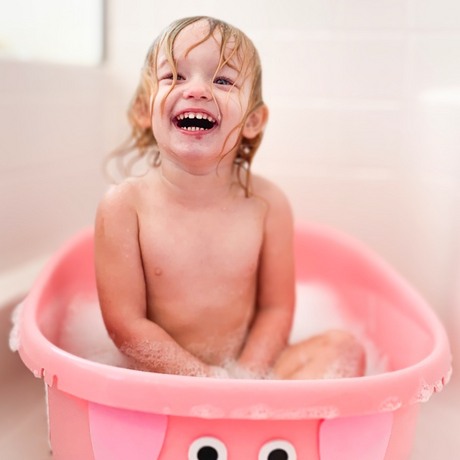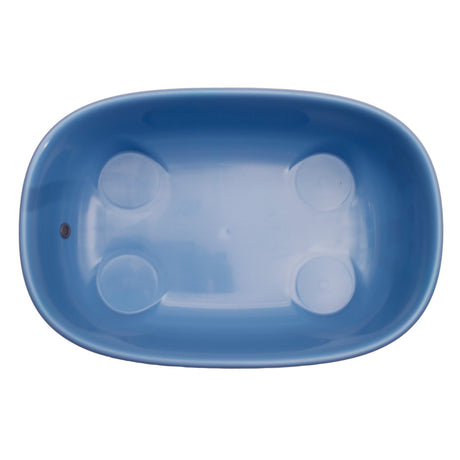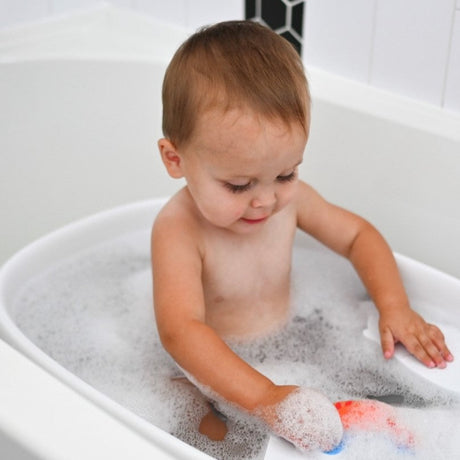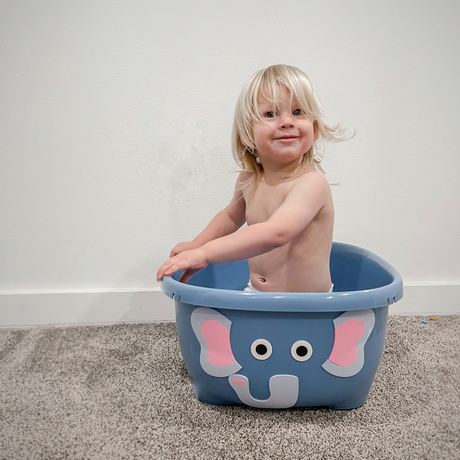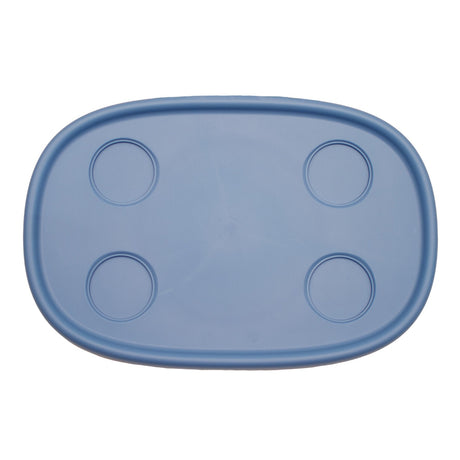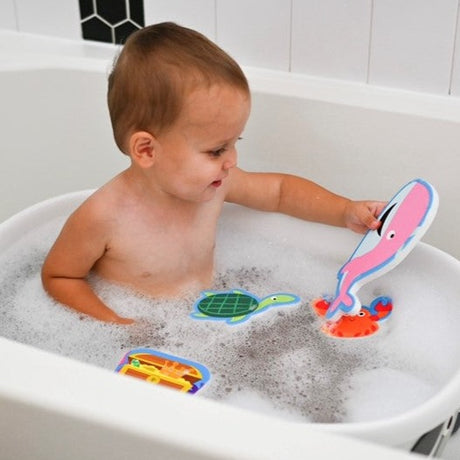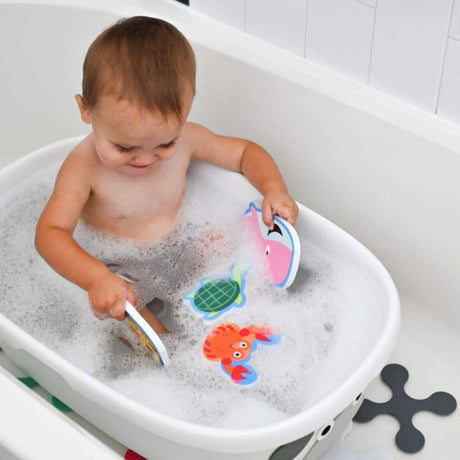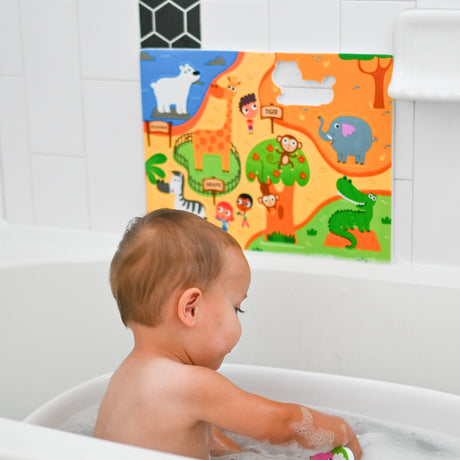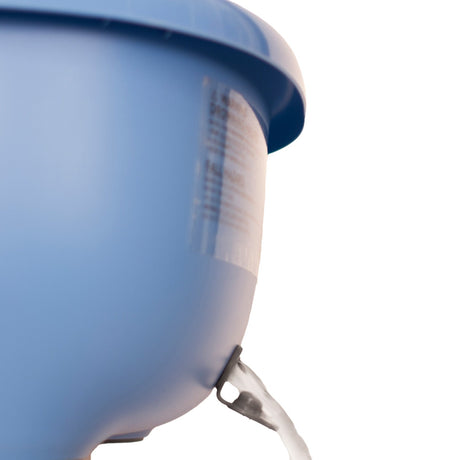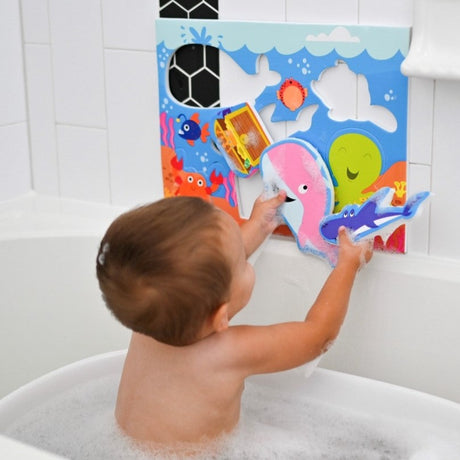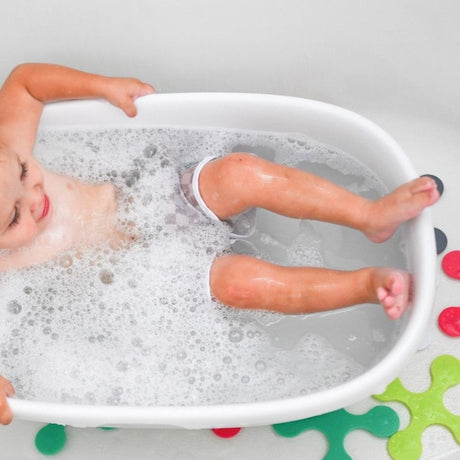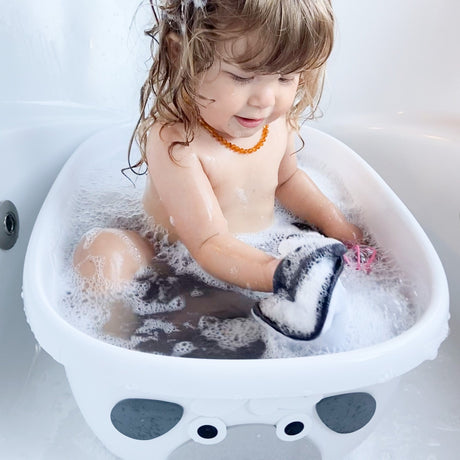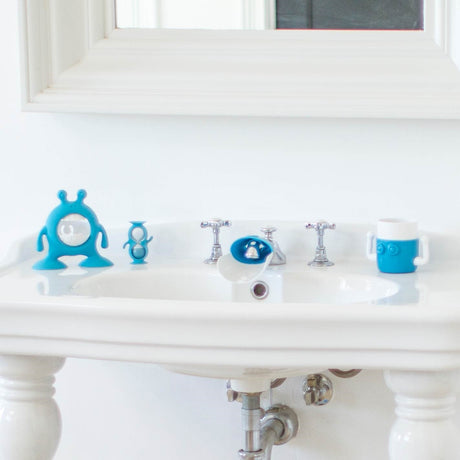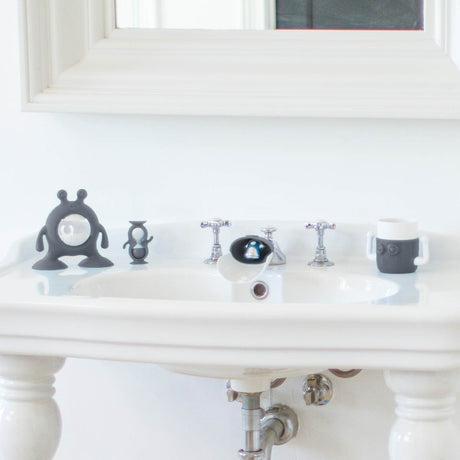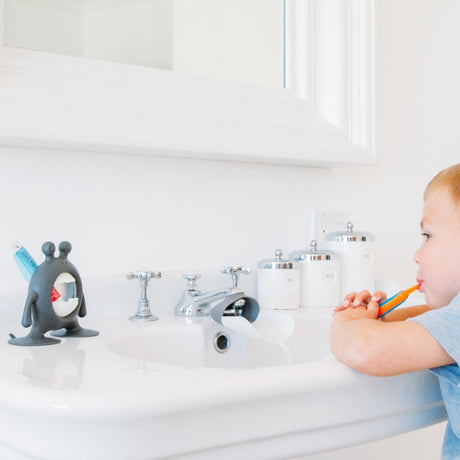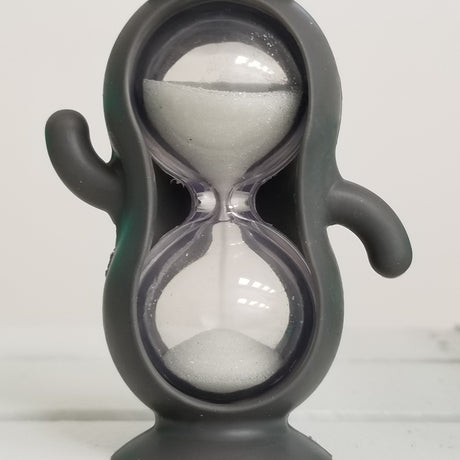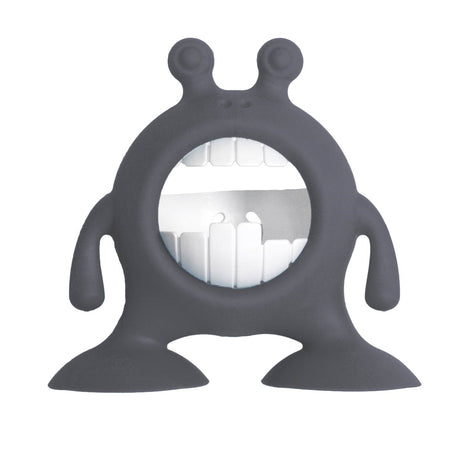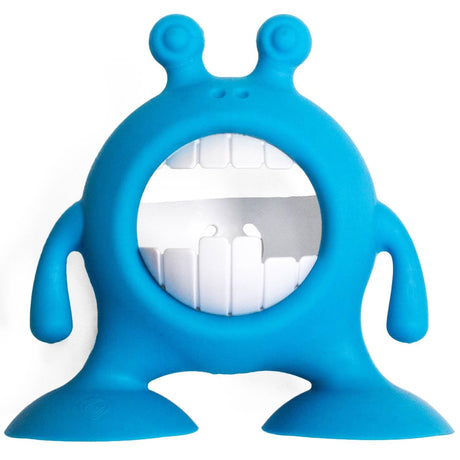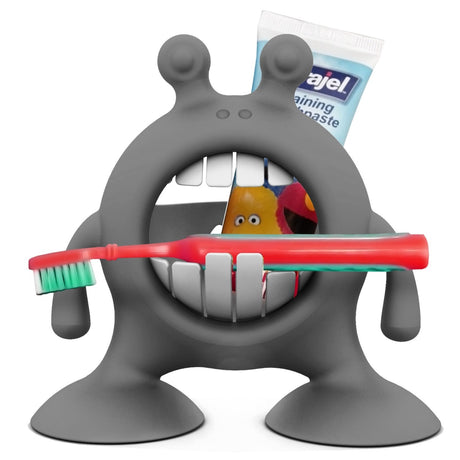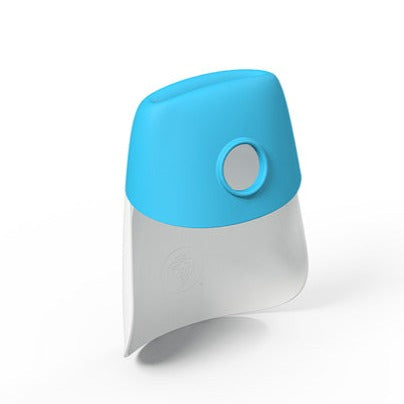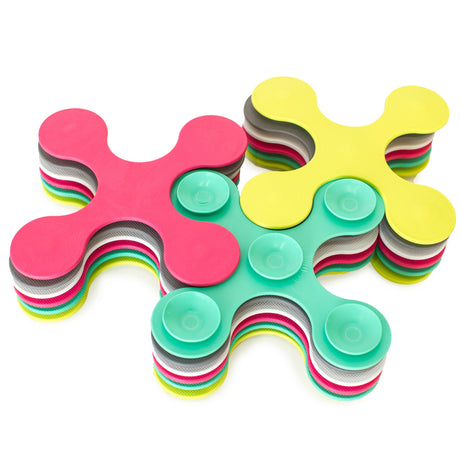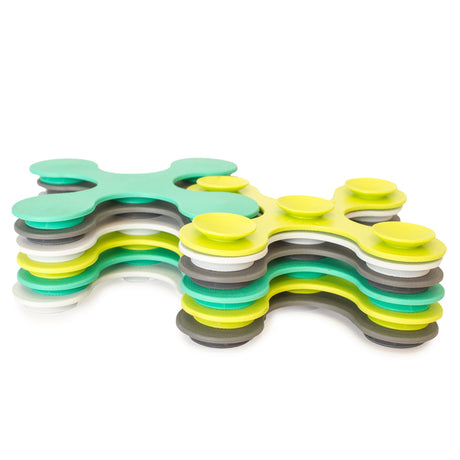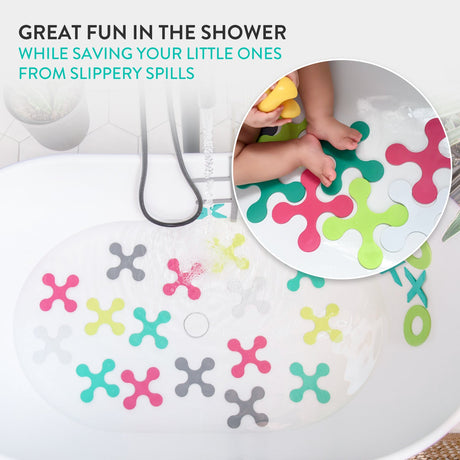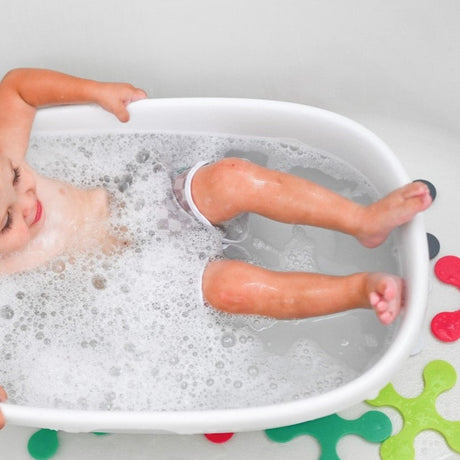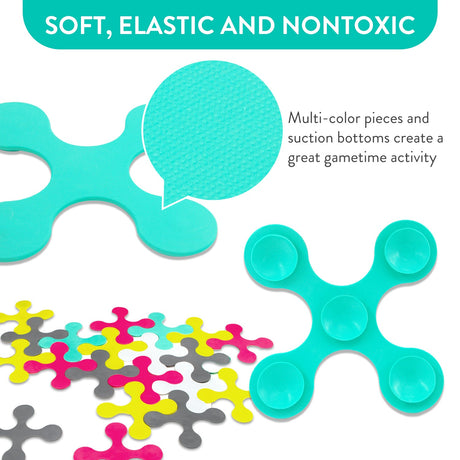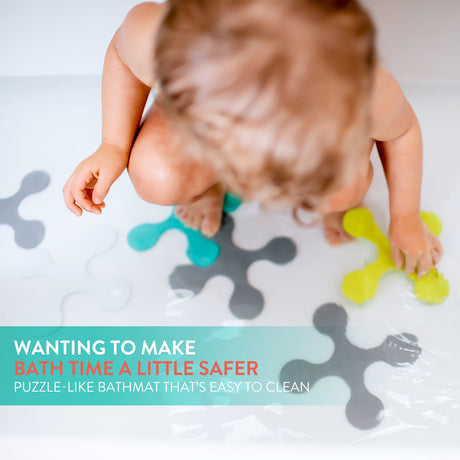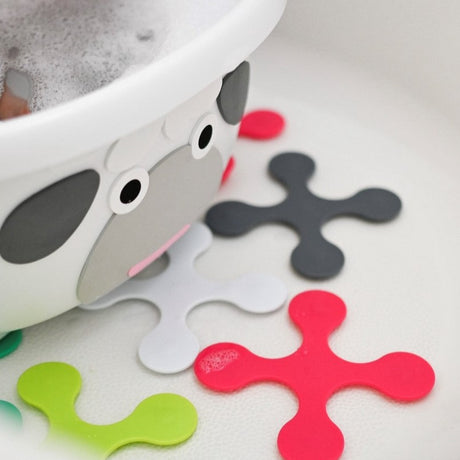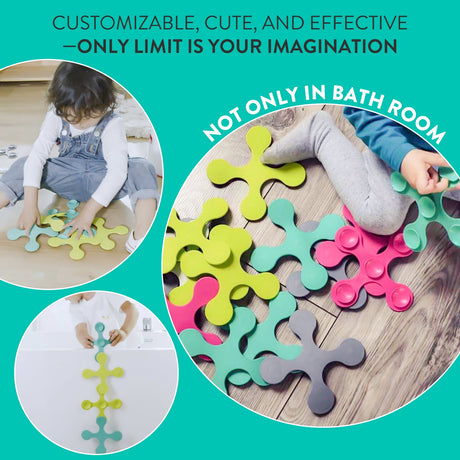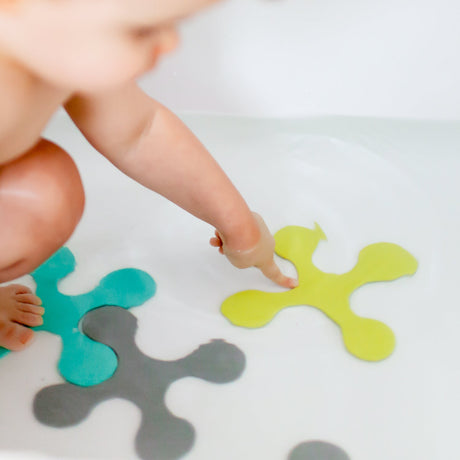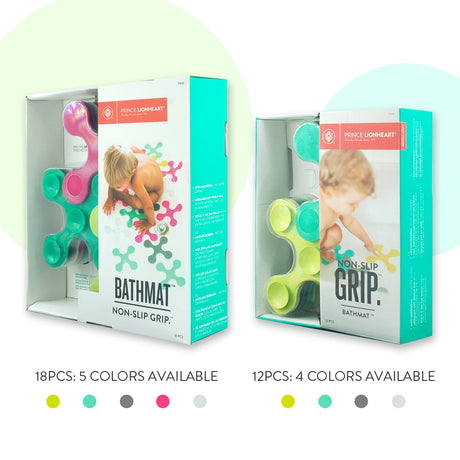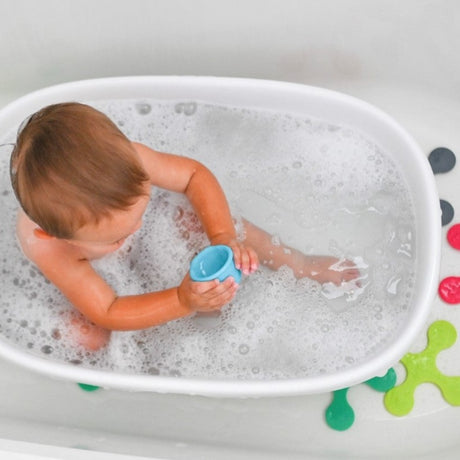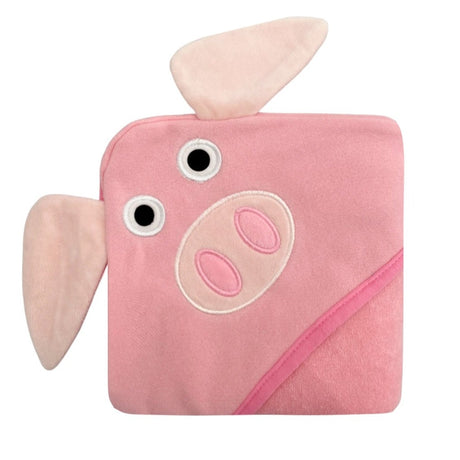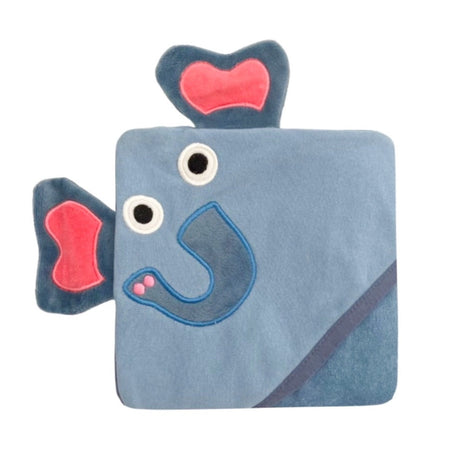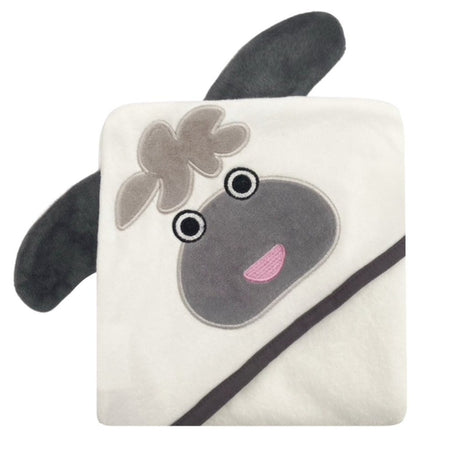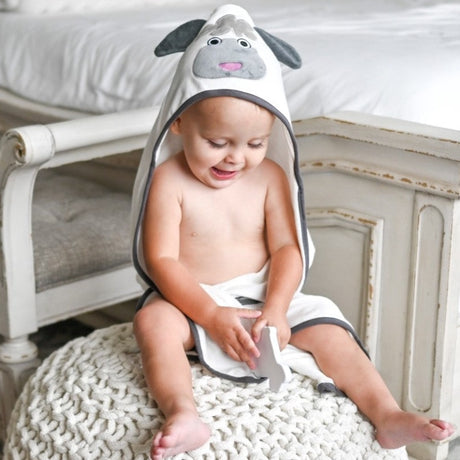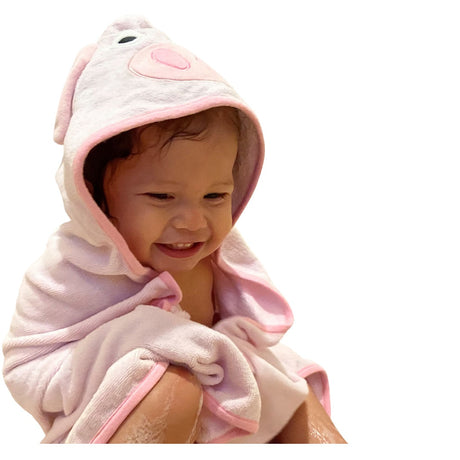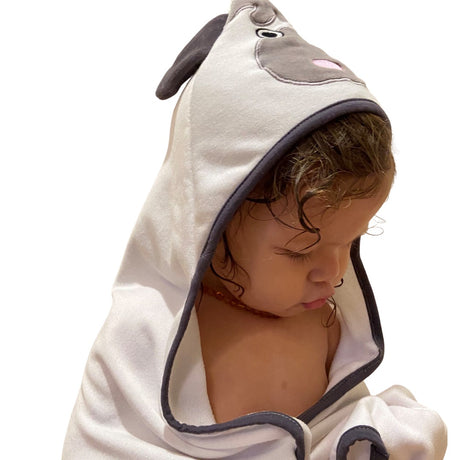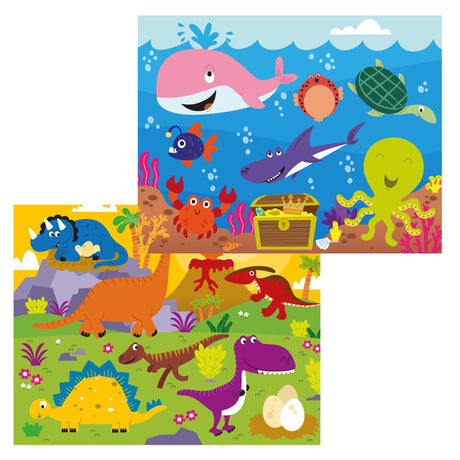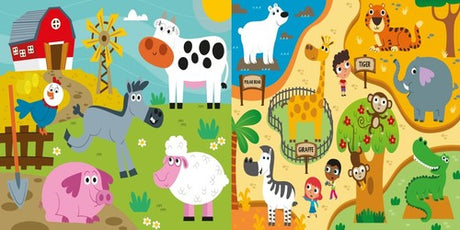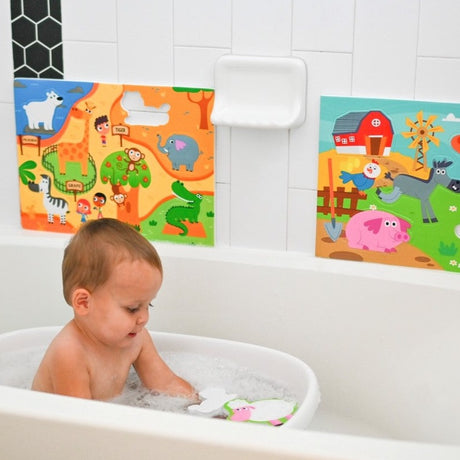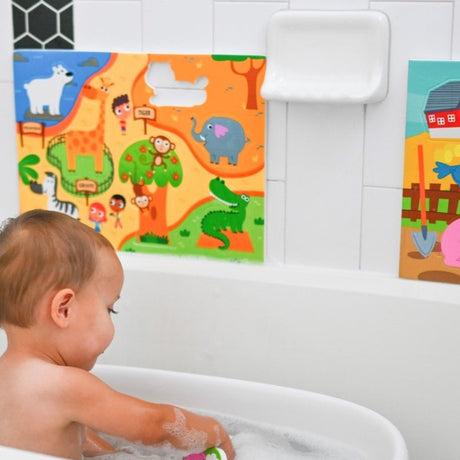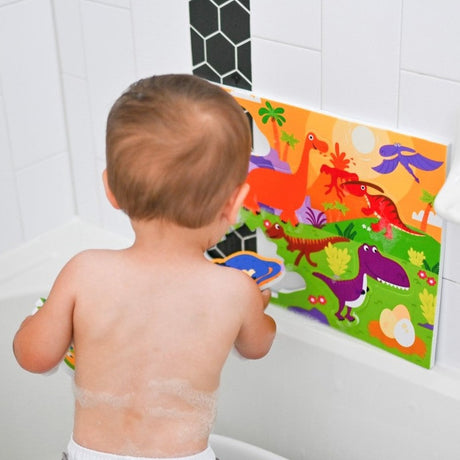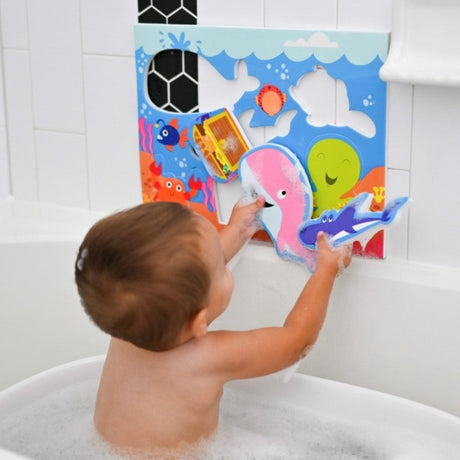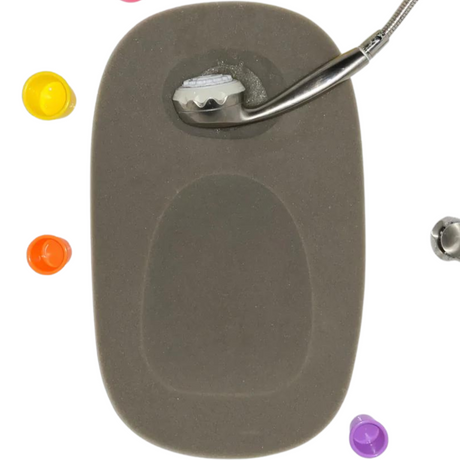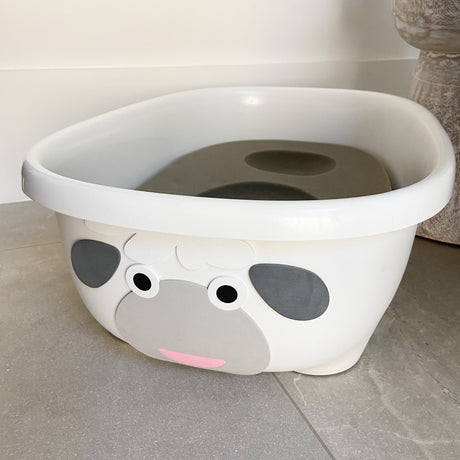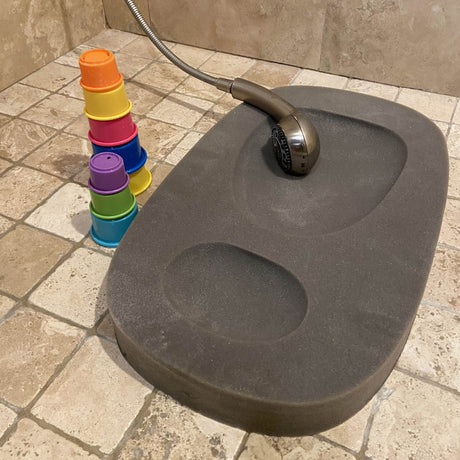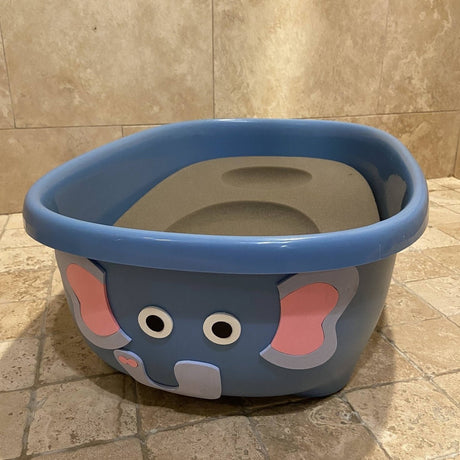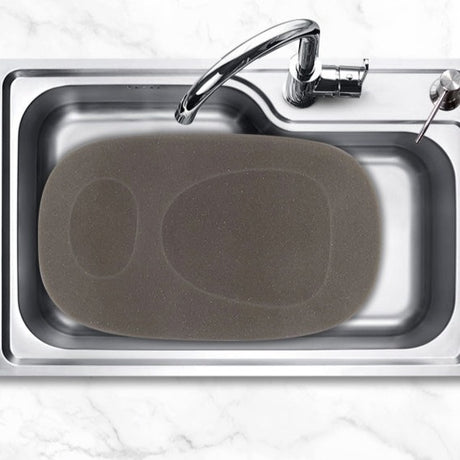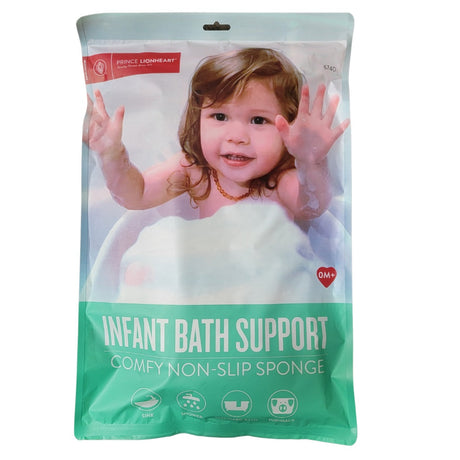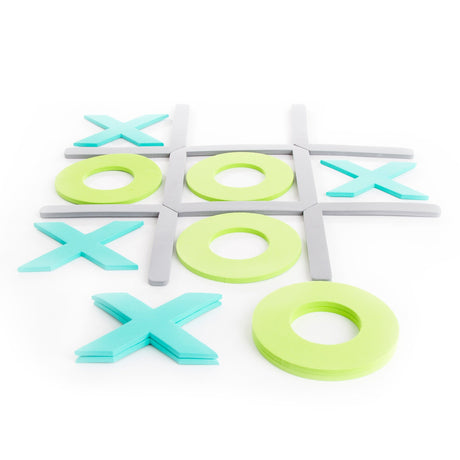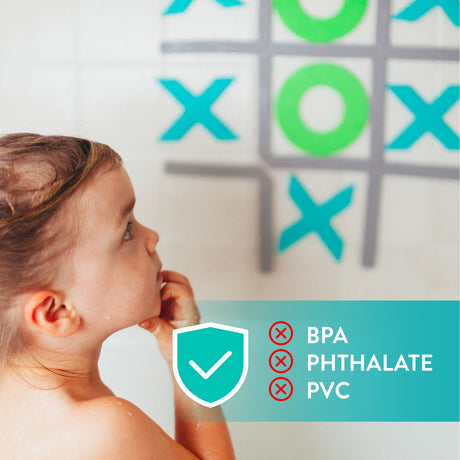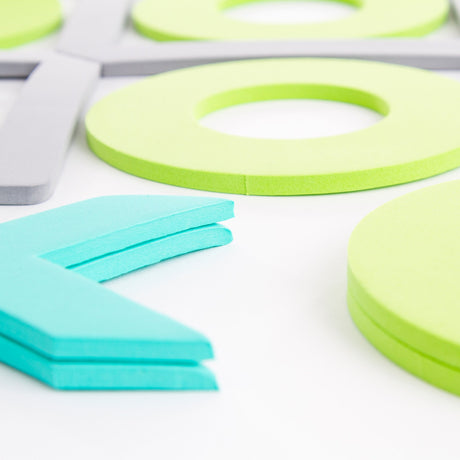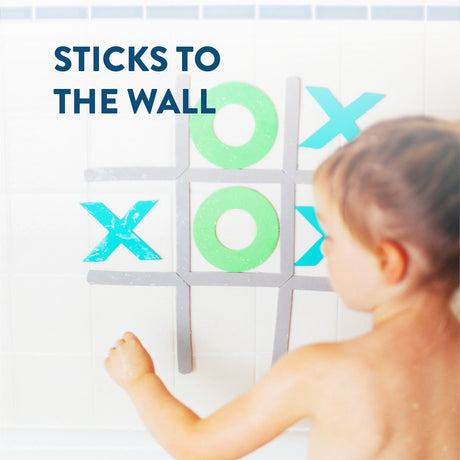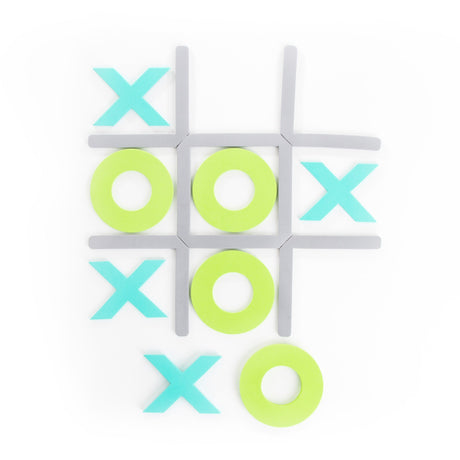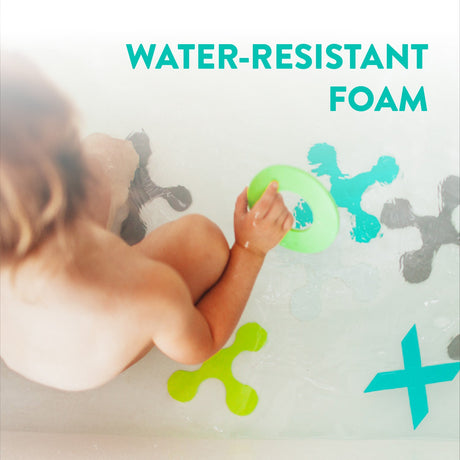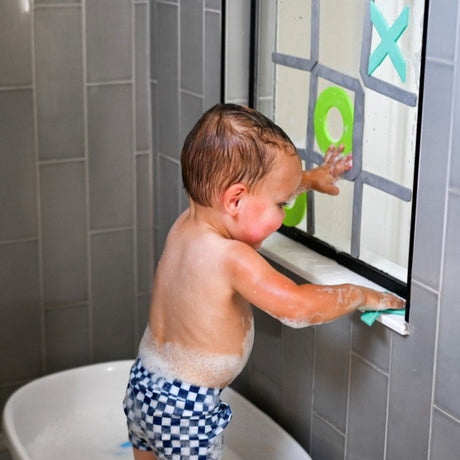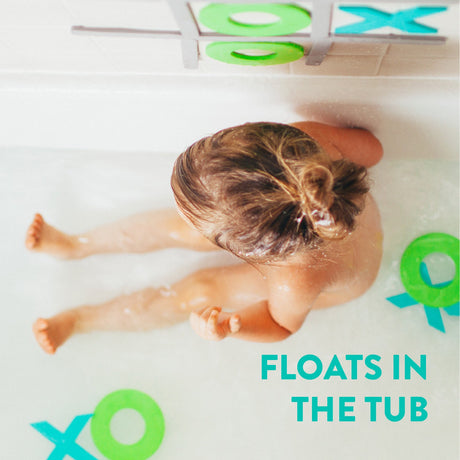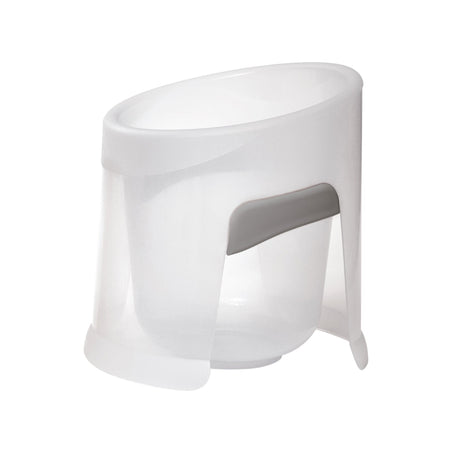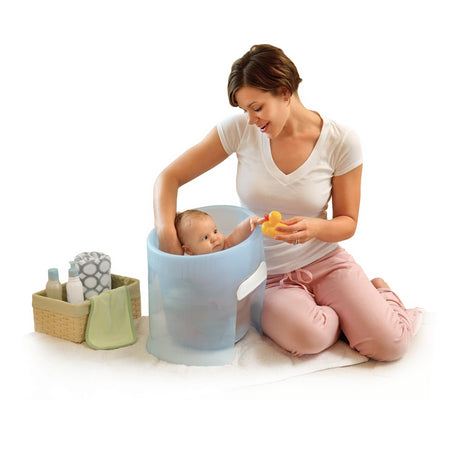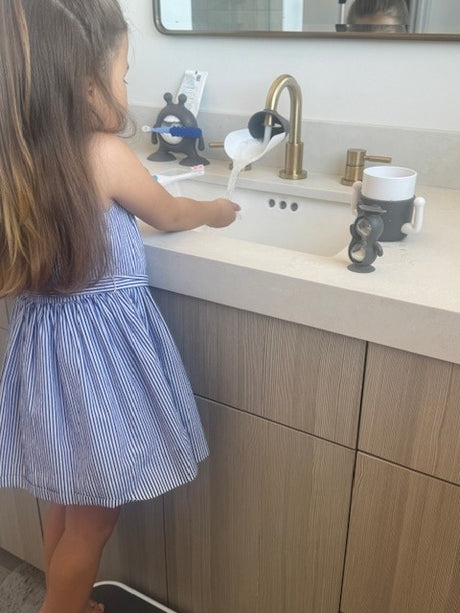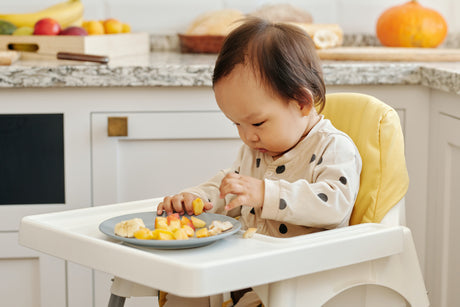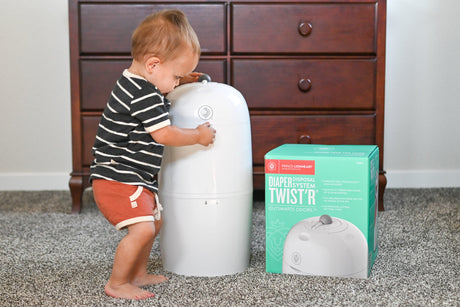Welcoming a baby into the world brings along a myriad of decisions, especially regarding the best ways to support their growth. Baby mats have emerged as a popular choice for parents keen on boosting their little one’s development. Offering more than just a soft spot for play, these mats come with incredible benefits. Join me as we explore the many ways baby mats can be a game-changer for your child’s early experiences.
1. Enhancing Tummy Time
Tummy time is crucial for developing a baby’s neck and shoulder muscles. Baby mats provide a safe and comfortable area for this vital activity, encouraging strength and coordination. As babies are placed on their stomachs on these cushioned surfaces, they engage their little muscles to lift their heads and look around. This simple motion lays the groundwork for eventually crawling and significantly boosting their physical development. Not only does it strengthen muscles, but it also enhances your baby’s head control, ensuring a more stable and upright position as they grow.
Moreover, the colorful and engaging patterns on baby mats also stimulate visual attention and interaction. Babies are naturally curious, and when placed on these mats, they are encouraged to observe, reach out, and connect with their surroundings. This routine exposure to vivid colors and intriguing textures during tummy time aids sensory development and keeps your baby entertained longer, allowing them to enjoy these foundational exercises that are crucial during the first few months of life.
2. Stimulating Motor Skills
With different textures and patterns, baby mats stimulate fine and gross motor skill development. Babies learn to reach, grasp, and roll, boosting their physical abilities. Introducing these skills at a homely pace allows infants to naturally progress through different stages of development. By setting toys just out of reach on a baby mat, you are encouraging babies to attempt new movements, such as stretching and leaning, which are essential for developing a stronger core.
Introducing toys that crinkle or produce sounds can pique interest and encourage further interaction on the mat. This interaction is crucial as it helps hand-eye coordination and fosters a deeper understanding of object manipulation. Through engagement with such toys, babies unknowingly work on their coordination and muscle strength, gradually preparing them for more complex movements like crawling and eventually walking. These early interactions help set a solid foundation for future physical tasks, ensuring babies grow more confident and curious about the world around them.
3. Promoting Sensory Exploration
Infants are captivated by the vibrant colors and varied textures of baby mats, which promote sensory exploration and contribute to cognitive development. Exposure to different fabrics and materials encourages babies to explore through touch, allowing them to differentiate between textures as they move their tiny fingers across the mat. This form of exploration also fosters cognitive skills as they begin to recognize and memorize patterns.
Integrating interactive elements such as mirrors and textures on baby mats can further enhance these sensory experiences. Mirrors allow babies to recognize faces, while textures can come in the form of raised objects and colorful patterns that encourage babies to look, touch, and feel. The more babies are encouraged to interact and explore their environment, the quicker they develop crucial brain connections, making it a fun yet educational playground for their burgeoning senses.
4. Encouraging Independence
Baby mats create a defined play area where babies can explore independently, fostering self-confidence and autonomy from a young age. When placed on a mat, babies are given the freedom to move, wiggle, and roll at their own pace, and this independence is crucial for their growing sense of exploration. It’s a heartwarming sight for parents as they watch their little one discover the world around them on their own terms.
The independence gained from these interactions is integral to boosting confidence. As they discover those first rolls or move from tummy time to sitting up, they build a sense of achievement, a precursor to overcoming future milestones. Additionally, such independent play encourages problem-solving skills as babies figure out ways to reach a toy or move across the mat, instilling the habit of curiosity and self-reliance early in life.
5. Fostering Parent-Child Bonding
Sharing playtime on a baby mat offers precious opportunities for bonding, allowing parents to engage in playful interactions that build trust and attachment. Whether gently encouraging your little one during tummy time or cheerfully clapping at their attempts to roll over, these moments are filled with love and motivation. As parents mimic their child’s sounds and gestures on the mat, they share in their child’s victories and marvel at their progress, enjoying each of these shared experiences.
Playing eye-level games such as peek-a-boo or singing nursery rhymes can add another layer of connection and joy during these playtimes. The baby mat acts as a stage for creativity and interactive engagement, fostering a strong emotional bond that reassures babies of their parent’s presence and encouragement. The pile of toys on the mat and coos of parents help create a safe space for new experiences and ensure that little ones know they are supported throughout their development journey.
6. Providing Safe Play Environment
Safety is paramount for parents, and baby mats offer a cushioned surface that reduces the risk of injuries during play and exploration. Falls and bumps are inevitable in a baby’s world, but these mats provide a soft landing which gives peace of mind to parents while their little ones move around. The well-padded area provides a forgiving surface, sparing babies from hard or rough surfaces that could lead to discomfort or injuries.
Moreover, a defined play area helps prevent unwanted access to potentially dangerous spaces. As babies grow more active and start to roll or crawl, boundaries provided by the mat subtly guide them away from wandering into unsafe zones. This controlled environment works as a brilliant blend of comfort and security, where babies can focus on their early development while parents remain assured of their child’s safety.
7. Aiding in Visual Development
The contrasting colors and patterns on baby mats stimulate visual development, helping babies focus and track objects as they play. At an early age, babies’ vision is still maturing, and exposure to high-contrast patterns aids the development of their sight. Bold primary colors and defined shapes capture their attention, encouraging them to focus and visually explore their surroundings.
Furthermore, as they learn to reach and grasp objects on the mat, these visual pursuits aid in enhancing depth perception and spatial awareness. Simple activities such as following a moving toy or touching a pattern engage their visual senses and eye-hand coordination, paving the path for future cognitive milestones. This visual stimulation is vital in nurturing their understanding of the world and helps create connections essential for learning and development.
8. Education Through Play
Incorporating educational elements into their design, baby mats can feature numbers, letters, and shapes to introduce early learning concepts in a playful manner. These elements create an intuitive learning platform, enabling babies to familiarize themselves with basic concepts. By repeatedly seeing and touching these symbols on the mat, babies begin to associate shapes with objects and develop early literacy skills.
Educational baby mats act as the perfect blend of play and learning. Through simple interactions, they facilitate the comprehension of foundational concepts, such as distinguishing shapes, numbers, and even colors, in an enjoyable context. This seamless integration of learning in their playtime ensures an enriching environment that prepares them for advanced learning experiences in the future. All the while, parents can join in the fun, pointing out symbols and engaging in playful learning, ensuring their baby experiences quality bonding moments alongside essential educational development.
9. Promoting Comfortable Playtime
Soft and cushioned, baby mats ensure that your little one stays comfortable during extended periods of play, which keeps them engaged and content. The plush surface supports their delicate skin, making the mats ideal for long sessions of tummy time or playful rolling. This comfort continues with the mat’s ability to insulate against cold floors, maintaining a warm and inviting space regardless of room temperature.
Incorporating additional comforts, like rotating tactile elements or textured patterns, can maintain engagement by continuously offering new sensations. Comfortable play ensures babies can remain captivated by their environment, exploring freely without distractions caused by discomfort. With all these elements in harmony, baby mats provide an all-encompassing, comfortable experience that serves as a reprieve for both infants and caregivers, transforming every floor space into a welcoming haven for play and discovery.
10. Convenience for Parents
Portable and easy to clean, baby mats are a practical option for busy parents, making them an essential part of any household with young children. With compact designs and foldable features, these mats can be easily moved or stored, catering to families on the go. This mobility means a consistent play environment is always within reach, whether at home, visiting relatives, or even at the park.
Cleaning convenience is equally important. Spills, drool, and dirt are part of everyday baby life, but most baby mats feature materials that are wipeable or machine washable, ensuring ease of maintenance. The ability to quickly clean up messes invites worry-free playtime, allowing parents to focus on engaging with their child rather than continuously managing their environment. This hassle-free upkeep solidifies their position as an invaluable tool in the busy rhythm of modern parenting.
